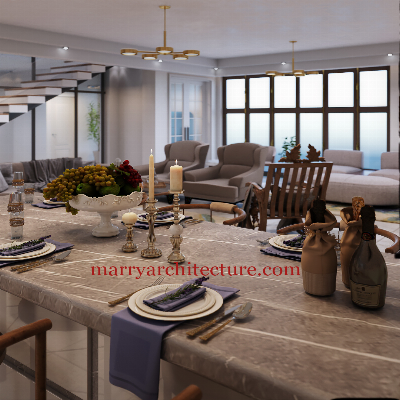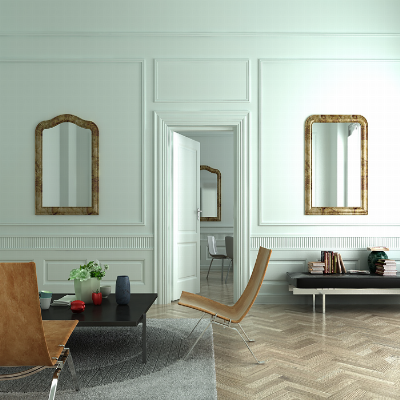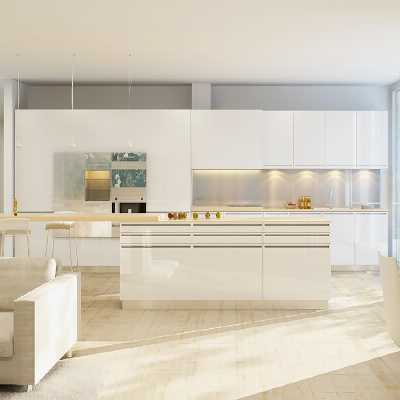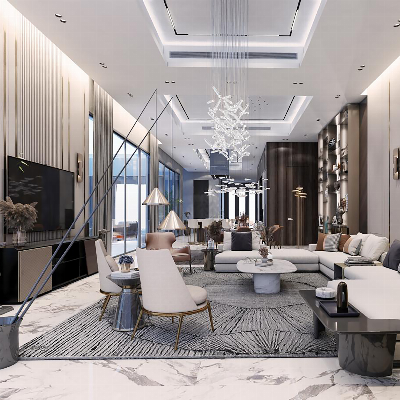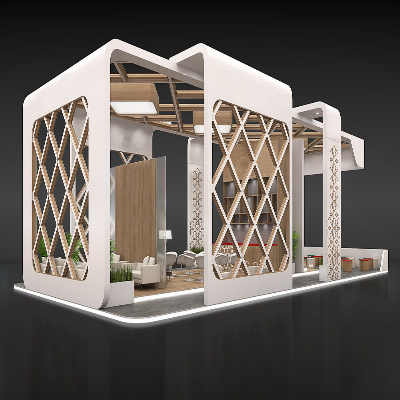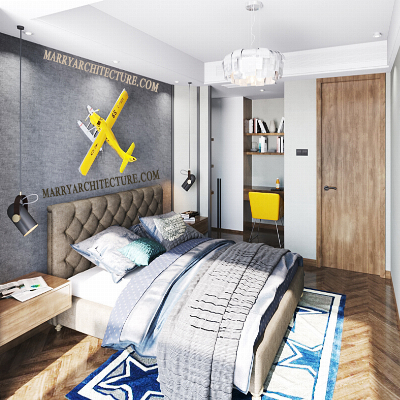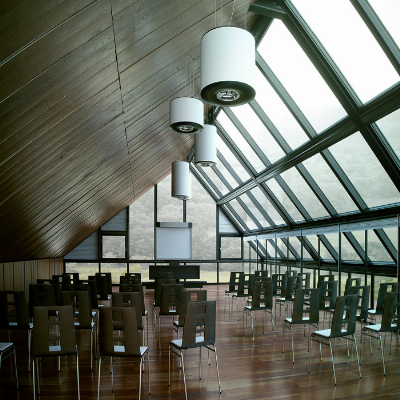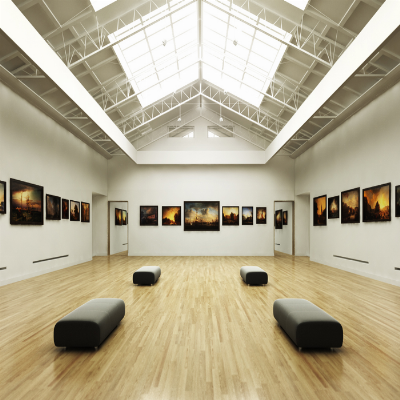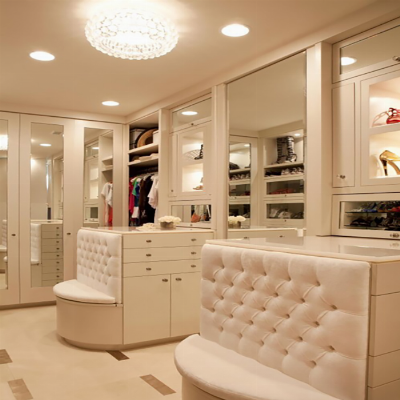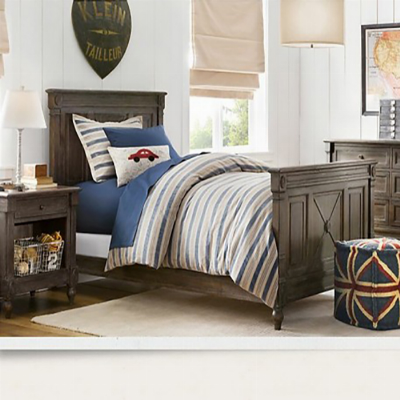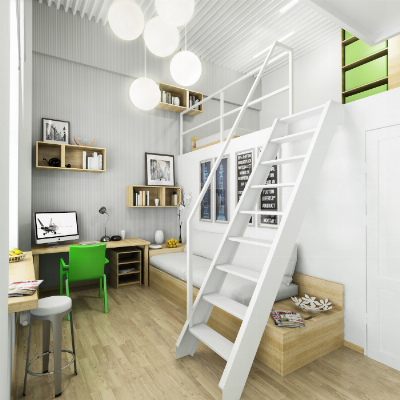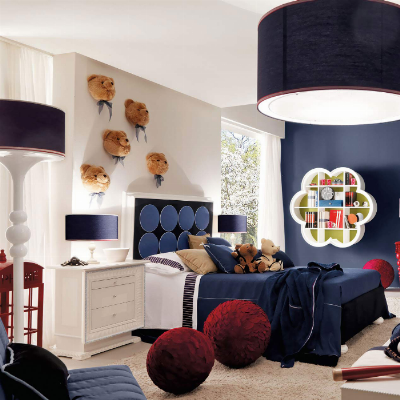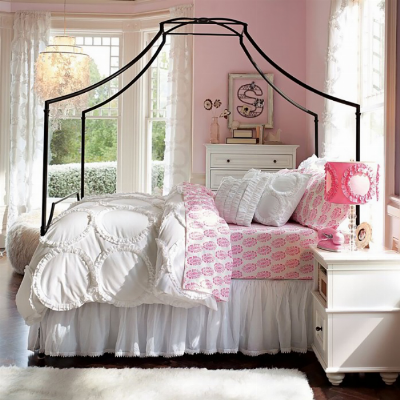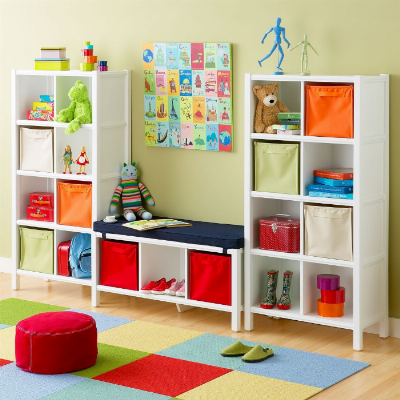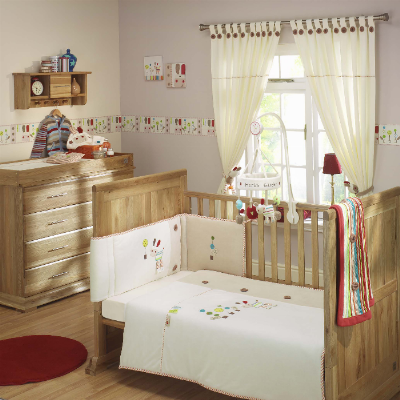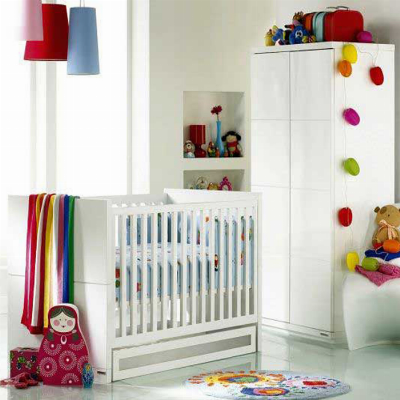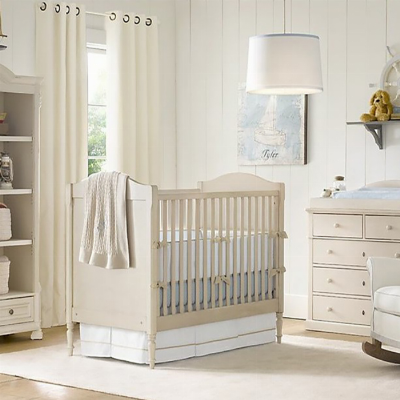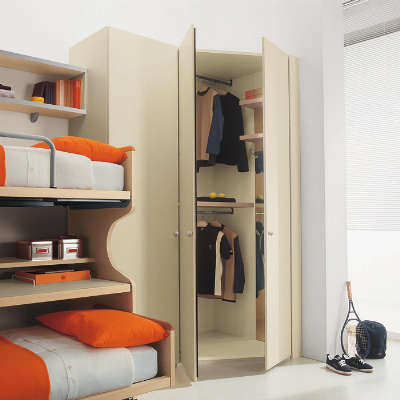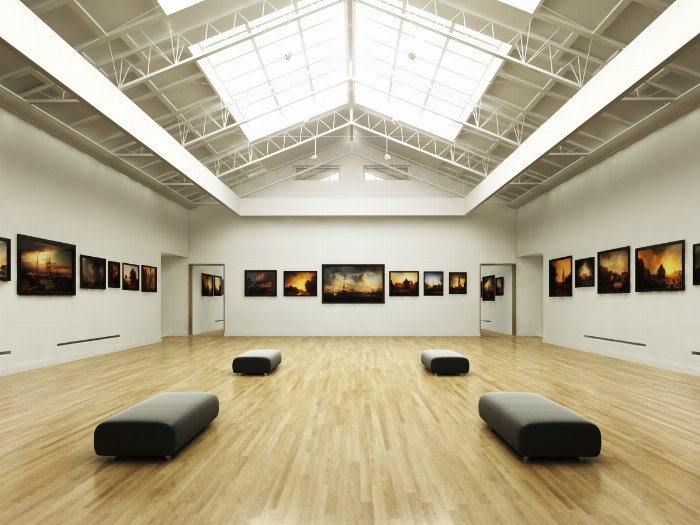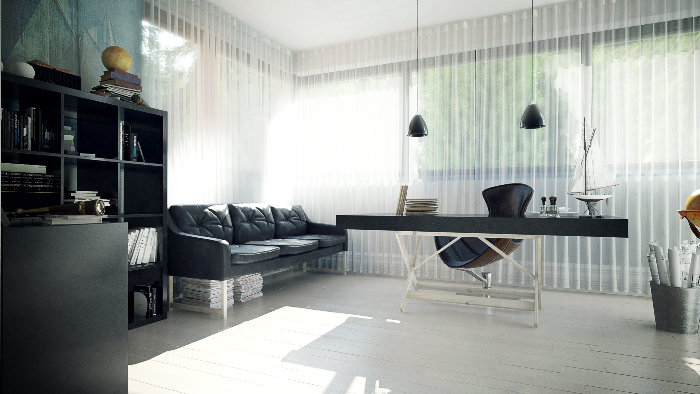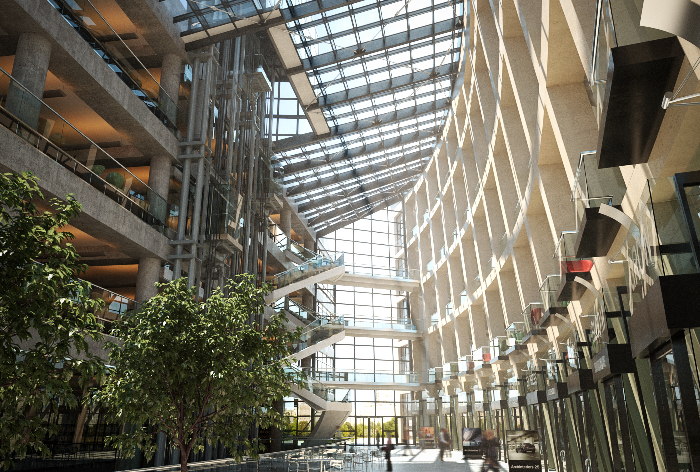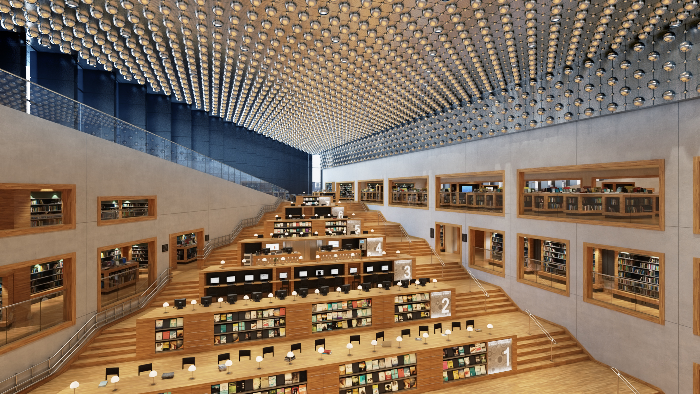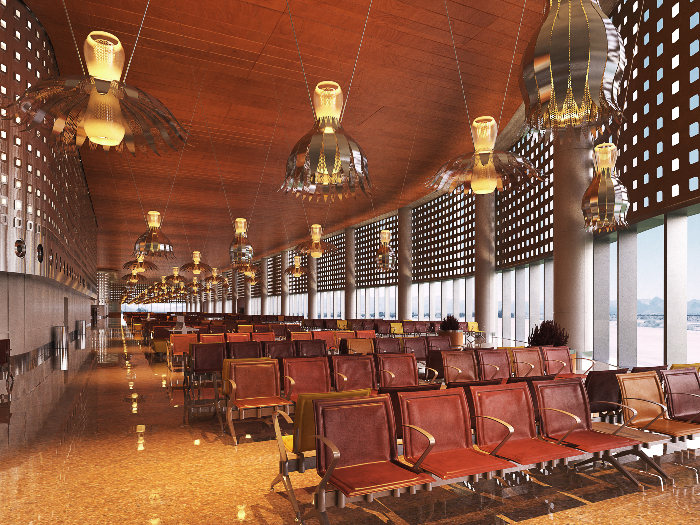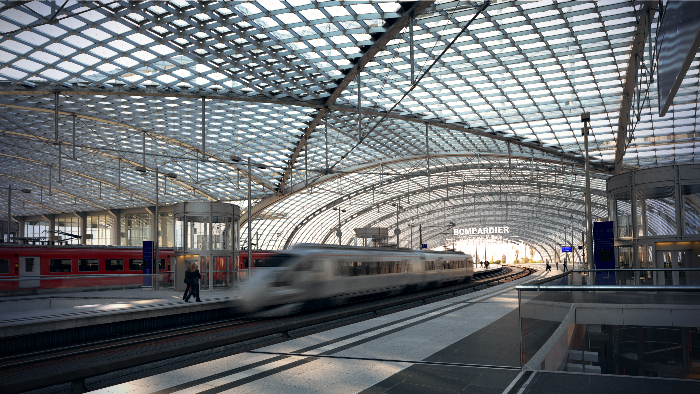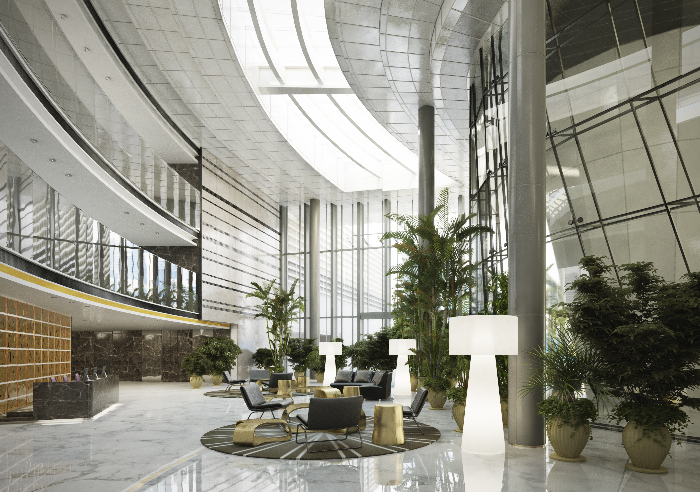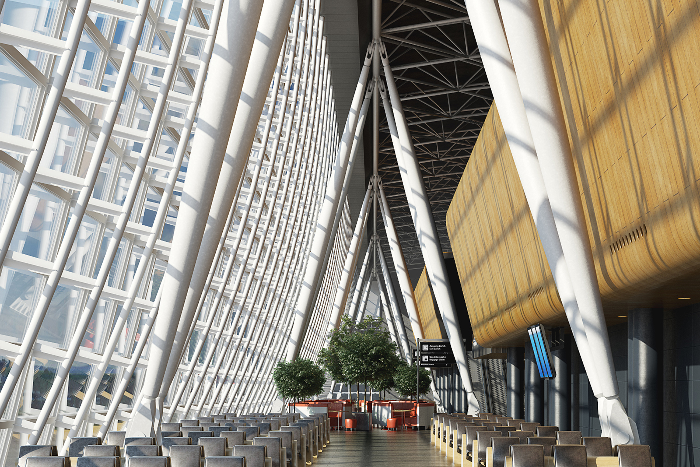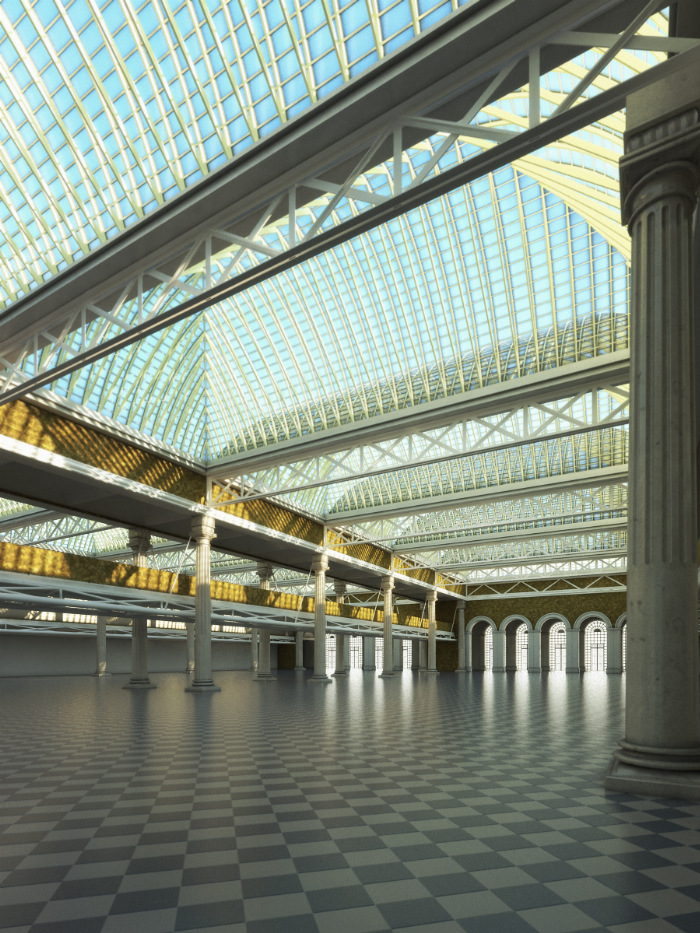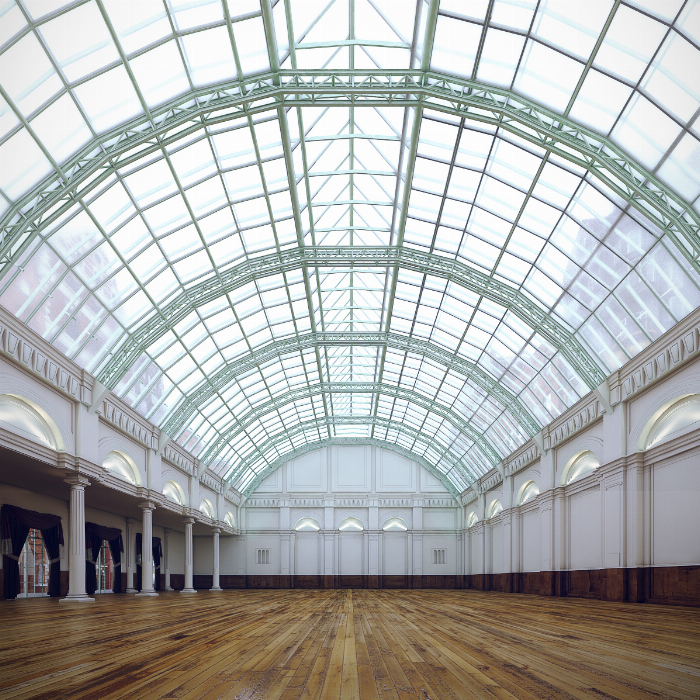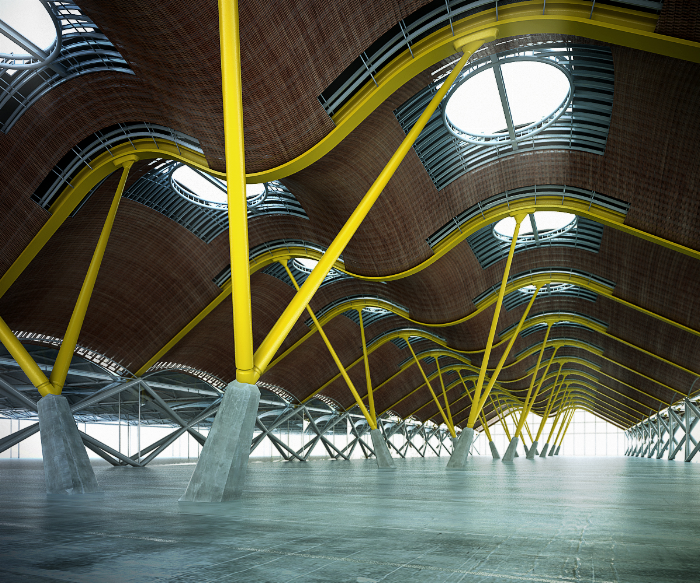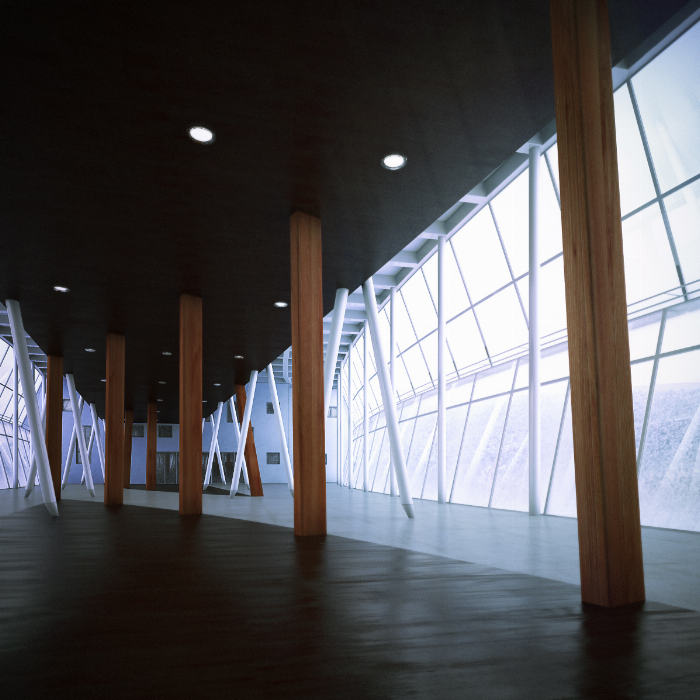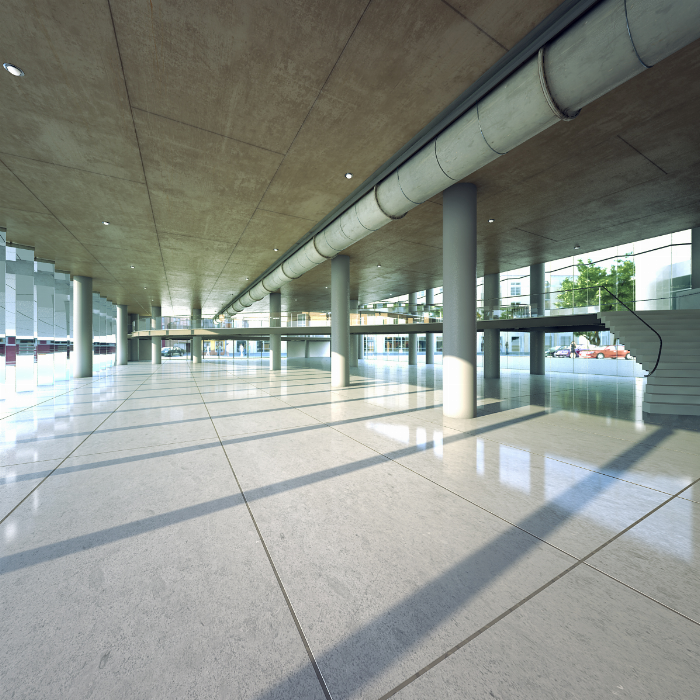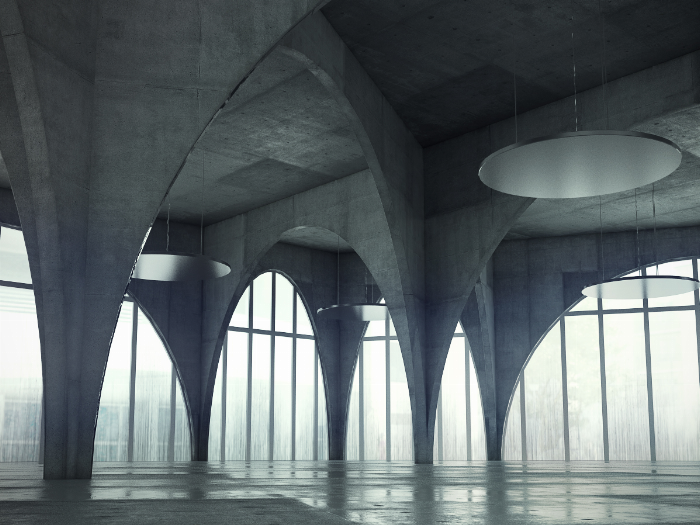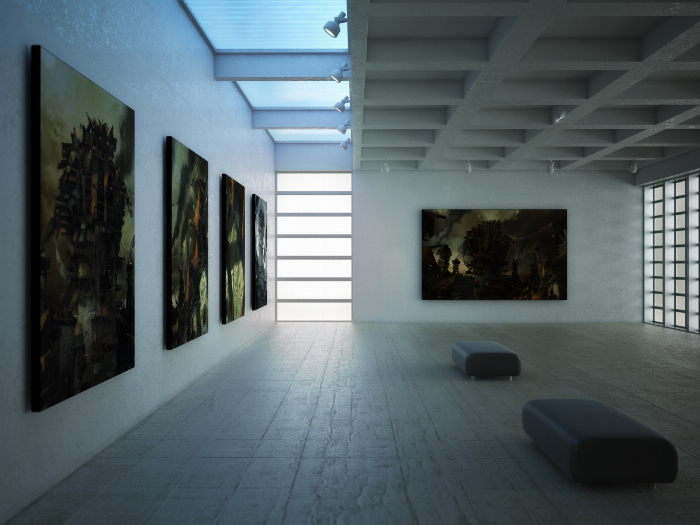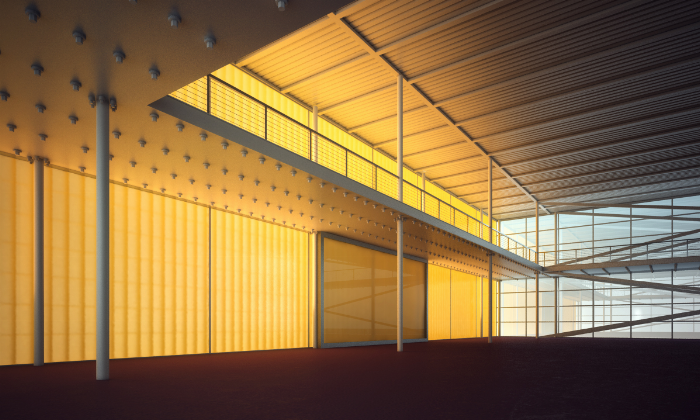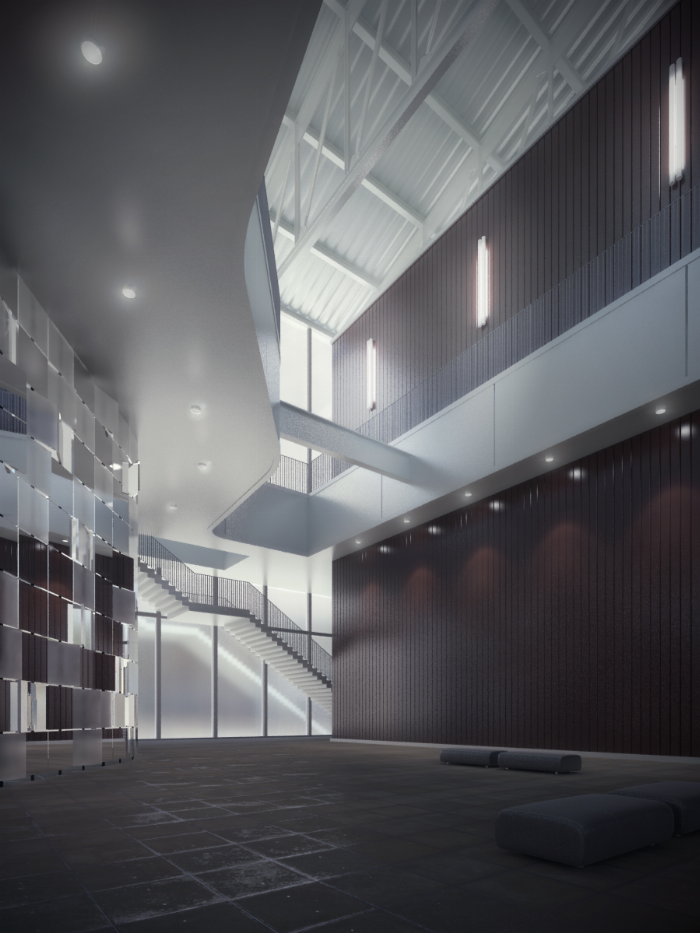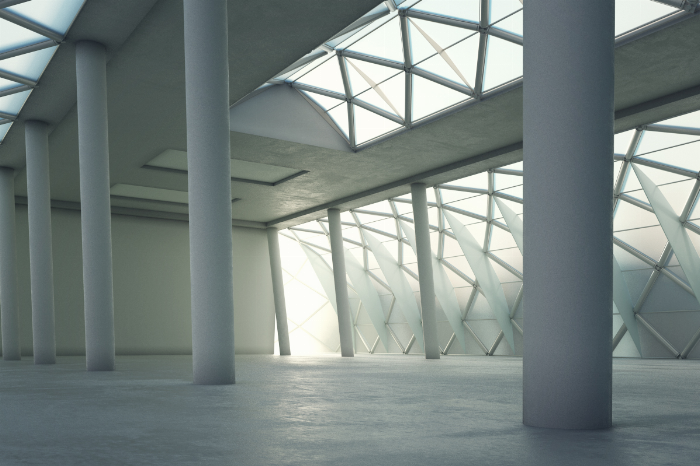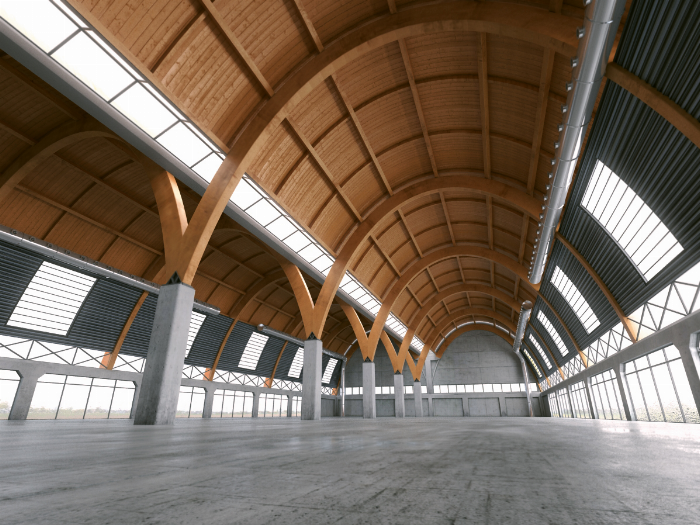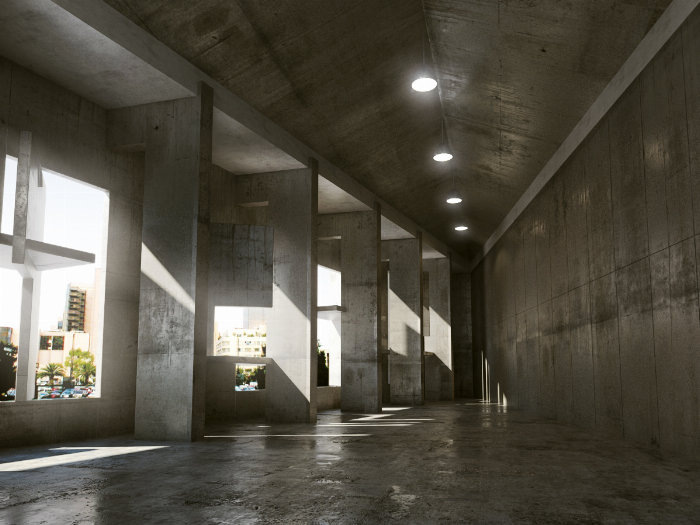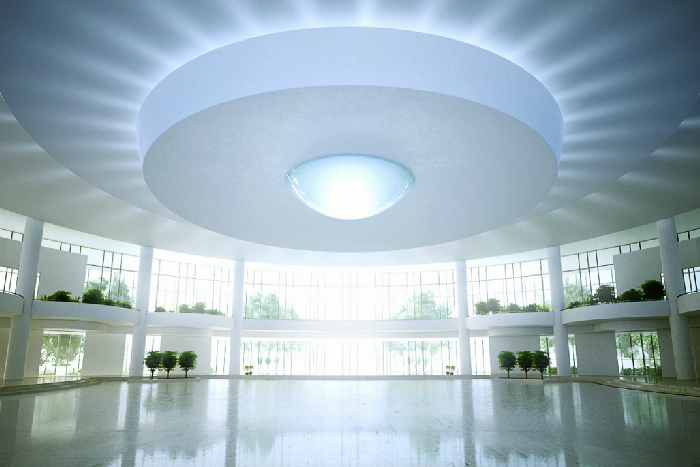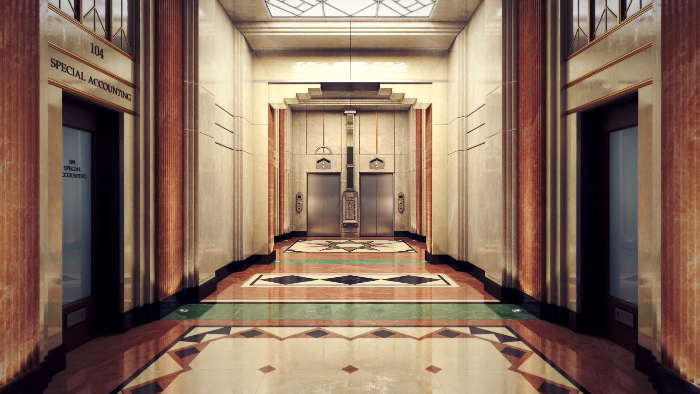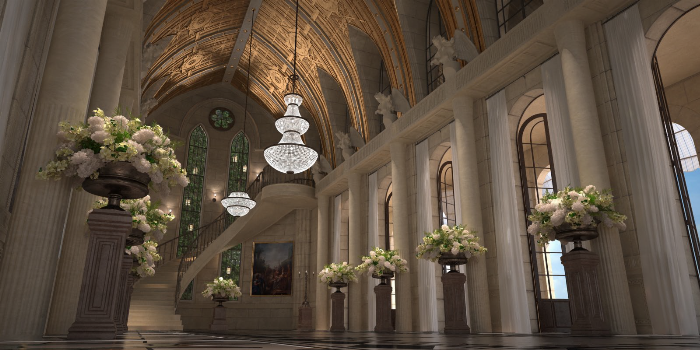Designing a hall that is functional and aesthetically pleasing requires consideration of many elements. However, one of the most important elements for designing a hall is its layout.
The layout of a hall should be designed to meet the needs of the events and activities that will be hosted there. The layout should be flexible enough to accommodate different types of events and activities, such as concerts, conferences, banquets, and exhibitions.
Other important elements to consider when designing a hall include lighting, acoustics, and climate control. The hall should be well-lit to create a welcoming and inviting atmosphere, and the lighting should be adjustable to suit the needs of different events. Acoustics should be carefully considered to ensure that the hall provides optimal sound quality for musical performances, speeches, and other presentations. Additionally, climate control should be designed to provide a comfortable environment for guests and attendees.
Seating and furnishings are also important elements of hall design. The seating should be comfortable and arranged in a way that provides optimal sightlines for all attendees. Furnishings such as tables, chairs, and staging equipment should be carefully selected to meet the needs of different events and activities.
Overall, a well-designed hall should provide a functional and flexible space that meets the needs of a variety of events and activities. It should be visually appealing and welcoming, with careful consideration given to lighting, decor and color schemes, audiovisual, technology systems, acoustics, HVAC, climate control system, seating, accessibility, safety features, storage, staging solutions, performance areas and furnishings.

